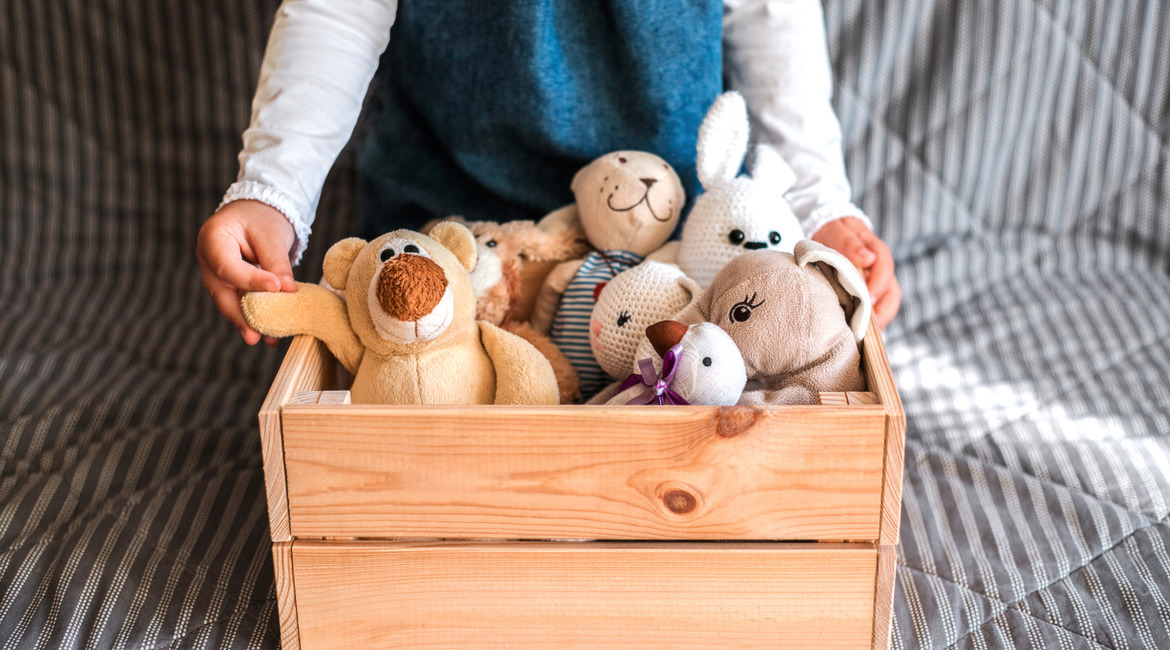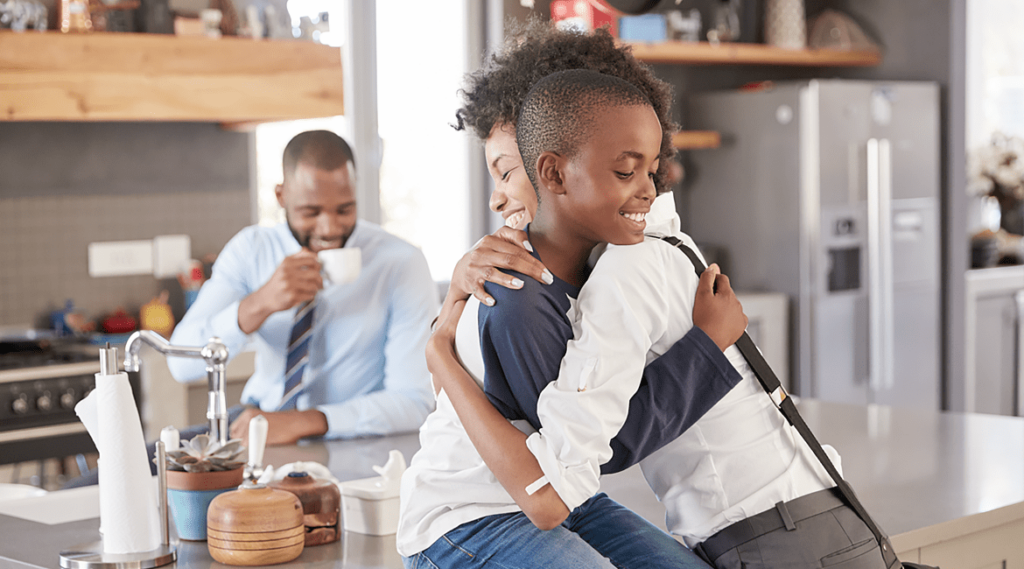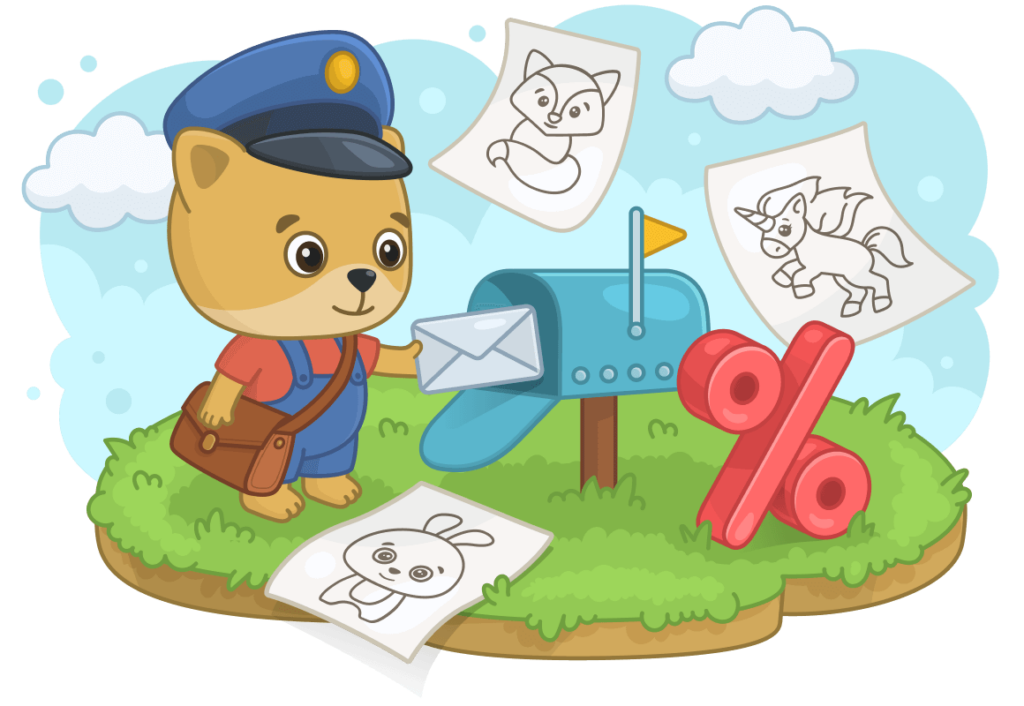The Good Ol’ Days
Back when our children were babies, everything they needed was up to us. All of the care and feeding they needed was on our shoulders; that included making sure their things were stored correctly and working properly. Milk or formula in the refrigerator? Check. New batteries in the favorite toy? Check. Folded laundry put away so the baby has clean clothes tomorrow? Check, check, check.
As children grow older, they need to be taught to take care of their things. But how? By developing age-appropriate routines, following models, and learning respect for their items as well as other people’s. The earlier they start, the more this becomes routine.
“Go Clean Your Room”
What an overwhelming phrase that is to a little kid! A whole room? *Entirely* clean?
Whoa. Let’s take a step back.
As parents, we know what we mean by ‘go clean your room,’ but children probably do not. Children need to be taught in smaller ‘chunks,’ and that starts with small, do-able tasks when they are very young.

For example, when a two-year-old is finished playing with a toy, make it routine that the child puts it away before taking out a new toy. S/he may need very specific instruction at that age, like “Put the blocks in the basket,” and may need your help as well. This will help extend the life of the toy or special item by helping it not get lost, stepped on, or broken. Helping a younger child with this is fine because when that same child is three or four, s/he will be putting away blocks in the basket alone before taking our cars or dolls.
Great Expectations
When we tell kids to take care of their things, they may not understand what that means. As parents, our job is to break big concepts down into understandable bites for kids. Start by recognizing which toys and games your kids seem to love. “I see how much you love that______, and I know you want to have it a long time.” Opening with a statement like that shows you and your child are a team, and you are looking out for the prized item. Then, ask what your kids think s/he can do to make the item last longer. Depending on what it is, answers could range from keeping it clean (for example, outside toys that accumulate dirt) to changing batteries on time. Handling delicate items carefully is another good reminder for kids.
Keep It Fun
Teaching your children to keep their belongings safe and clean and organized can be made into a game. And that will motivate them to keep going. Tell your kids what your expectations are (one toy is put away before another is taken out, make specific spots for each toy/game, etc), then you can time children on how long it takes them to put everything in the correct spot. Positive reinforcement works well here. Show praise when children take good care of their belongings; they will associate the good feelings with the activity and continue doing it.
A Place For Everything, and Everything in Its Place
Of course, this also means it is your responsibility as a parent to create spaces or storage for all your children’s things. Boxes, baskets, dressers with drawers, and closets are all good storage spaces. If you tell your kid to put things away, you must also provide a place for things to go. Otherwise, your request is like giving your child a jigsaw puzzle with three pieces missing–it is an impossible task. When teaching your child to take care of possessions, you want to keep every aspect as fun and positive as possible. If the space is available and easy to find, clean up is a breeze, and taking care of things is less of a chore. This results in less arguing and faster clean-up time, which is a big win for everyone!
Modeling
We can’t expect our kids to take good care of their belongings if they don’t see clear consistent models. Their best teachers are their parents and family members. Kids look to their primary caretakers and older siblings to model proper behavior for all sorts of reasons–including how to care for important items. If we, the adults in their lives, are tossing around our things, how can we expect our kids to do any better? So take a look around. How well do you take care of your things? Do you model respect for special items that you want to last? Do you have a special place for things like keys, glasses, jewelry, and heirlooms? Is the home generally tidy?
A Simple Tip
This might seem like an easy idea, but many people miss the mark here. Do you simply have too much stuff? An overcrowded home will never seem neat and organized, and your child will have a more difficult time caring for important items if there are too many to count. Limit your stuff. Institute a ‘one in/one out’ policy before stocking the toy closet. Determine that there is a place to store items safely before bringing more things into the home.
Kids Will Be Kids
As a parent, you can follow the advice and teach the kids as best you can, but there is a definite learning curve. Find your patience. Help your kids. The investment of time and energy will be worth it in saved items and sanity.



